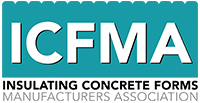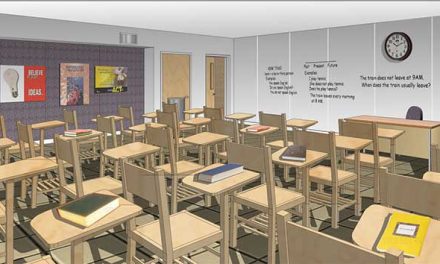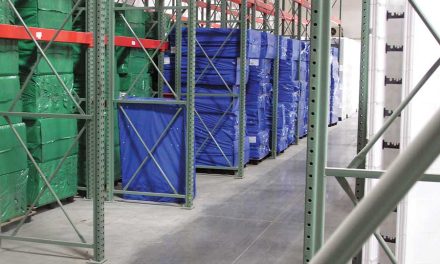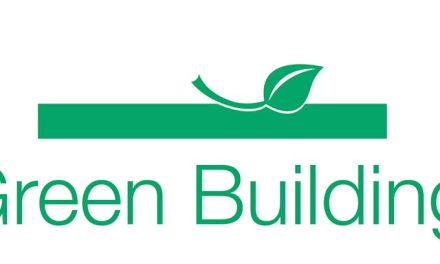Building a home is an exercise in patience as you navigate numerous decisions that will impact how you will live for many years to come. Many choices are superficial, like details and finishes. Some more lasting such as the building envelope and disaster resilience. It’s important you understand your choices before you make those decisions. Take time to look deeper at one of your most important investments. Learning and having these conversations with your homebuilder early will help reduce worry and stress about your project before and after you move in.
Most homebuilders don’t spend much time talking with customers about the building envelope technology that will be used in their home. They are building with a code-compliant design that will meet many of your expectations. Whether custom-building with a homebuilder or contracting it yourself, knowing more can help. We’re going to look two areas that you and your homebuilder should understand well: evaluating R-value, and building envelope design considerations. These two topics help explain, “The ICF Experience,” and how to quantify it.
Evaluating R-Value: All R’s Are Not Equal
R-value has been generally well understood for many decades. Many think it’s all the same and more is better. Right? Well, actually no, not all R’s are the same. Just like when cooking, a cast iron skillet performs differently from aluminum or glass on the same burner with the same heat. R-value is much the same with two competing attributes: materials and performance.
Insulation in practice works by trapping air in a material that prevents the easy transmission of heat or cold through the material. Materials perform much differently in practice. Cellulose insulation in a cavity wall performs differently than rockwool, fiberglass batts, spray foam, etc. Even if the R-value of the materials are equal, the results are different. ICFs are the only material that gains R-value in real world applications.
Science Says
Building science research has concluded that keeping that air trapped is extremely important in performance. When air is no longer trapped, as a home breathes for example, air escapes and with that air precious heating and cooling along with it. Comparing the number of air changes per hour (ACH)—typically measured at 50 pascal of pressure—is a straightforward method to use to evaluate actual performance. The lower this number, the better the insulation performs, and the less energy is being wasted.
An air change per hour means that in an hour all of the air in your home is exchanged with the outside. New Canadian homes are typically less than four ACH50 and U.S. homes less than five ACH50. Older existing homes may change air significantly more depending on construction materials and age of insulation. In the U.S. the Environmental Protection Agency recommends an ACH of 0.35.
In stark contrast to traditional construction, the airtightness of ICFs dramatically decreases air leakage, averaging about 1.26 ACH50. This is partially because the air is trapped inside the foam beads and doesn’t leak and the concrete core in an ICF wall itself is airtight. Air only leaks through penetrations such as door and window openings and through a vented attic. This is one reason ICFs perform better than their material R-value.
The other reason is the insulated concrete core is insulated from temperature changes and is very resistant to change itself. These combine to delivery unprecedented airtightness and R-value performance. The short version is that the concrete core is very difficult to change temperature and is insulated on both sides.
Building Envelope Considerations: Sometimes Different is Hard
Whether experienced in using ICFs as a wall system or not, understanding how they work will drive how you evaluate your options. Like all businesses, homebuilders are in the business of building homes and meeting the expectations of their customers. To be clear, homebuilders want to build a quality home and make sure their customers are satisfied. Even though they have lots of advice and experience, they are not impartial to your choices. But changing methods, materials, contractors, vendors, and timetables can be hard.
Building to Code
Homebuilders must build all homes to code. Understanding what “code” requires is one place to start when beginning the home building process. It may be a surprise, but “code” isn’t the highest standard structures are built to; it’s the minimum allowed. Building codes are a collection of agreed “best practices”, but the most progressive codes aren’t always adopted quickly in many areas. Increased energy efficiency benefits every homeowner, but doesn’t drive construction practices in many areas. Continue to educate yourself and your homebuilder and stay focused on what’s important to you. You will be living in your home and paying the utility bills every month, not your homebuilder.
Materials Matter
ICFs are unique among building material technologies since they provide inherent benefits in several key areas: energy efficiency, airtightness, disaster resilience, sound proofing, and ease of construction. Disaster resilience is more and more critical with stronger storms and other disasters becoming more commonplace. Knowing your home will be a safe space is important to everyone.
The airtightness drives energy-efficiency through limiting wasted energy, and the EPS foam of ICFs also delivers R-22+ insulation on a material basis. Foam insulation is the only insulation material that stops all forms of energy transfer through the wall system: convection, conduction, and radiation.
Wind and Fire Resistance
A standard ICF wall delivers more than 150 mph windspeed protection and is a solid mass wall that prevents penetration by debris. The reinforced structural concrete core provides superior performance in high-seismic zones and provides a four-hour fire rating. This means it will take four hours of continuous fire to provide enough heat to ignite the interior of a structure though the wall. In wildfire-prone areas keeping the building envelope intact remains a structure’s best chance to withstand fast moving fires.
Sound-dampening
The soundproofing quality of a solid concrete wall combined with the sound-dampening nature of EPS foam ensures outside noise stays outside. The simple nature of construction also makes adoption easy and straightforward to both experienced builders and DIY customers as well.
Understanding “The ICF Experience”
You can take almost any building material and make it energy efficient. You can take almost any structure and make it disaster resilient. Doing both takes time and significant cost using traditional building materials.
Over the last 40 years ICFs have grown significantly to be a major component of change. ICFs deliver superior energy-efficiency, unparalleled disaster resilience from wildfire, high-winds from hurricanes and tornadoes, seismic protection in high seismic zones, and interior comfort from air-tightness and sound dampening. ICFs do this inherently without requiring additional time, labor, or in many areas a difference in cost.
What Should You Do Now?
For everyone who has chosen ICFs, keep talking about them. I quote one of my favorite poets, e.e. cummings, “To be nobody but yourself—in a world which is doing its best, night and day, to make you everybody else—means to fight the hardest battle which any human being can fight.” For those who are just learning about ICFs, continue learning, become educated and don’t let anyone talk you out of doing what you know is right.
Brian Corder is marketing chair for the Insulated Concrete Form Manufacturers Association and president and CEO of BuildBlock Building Systems.













